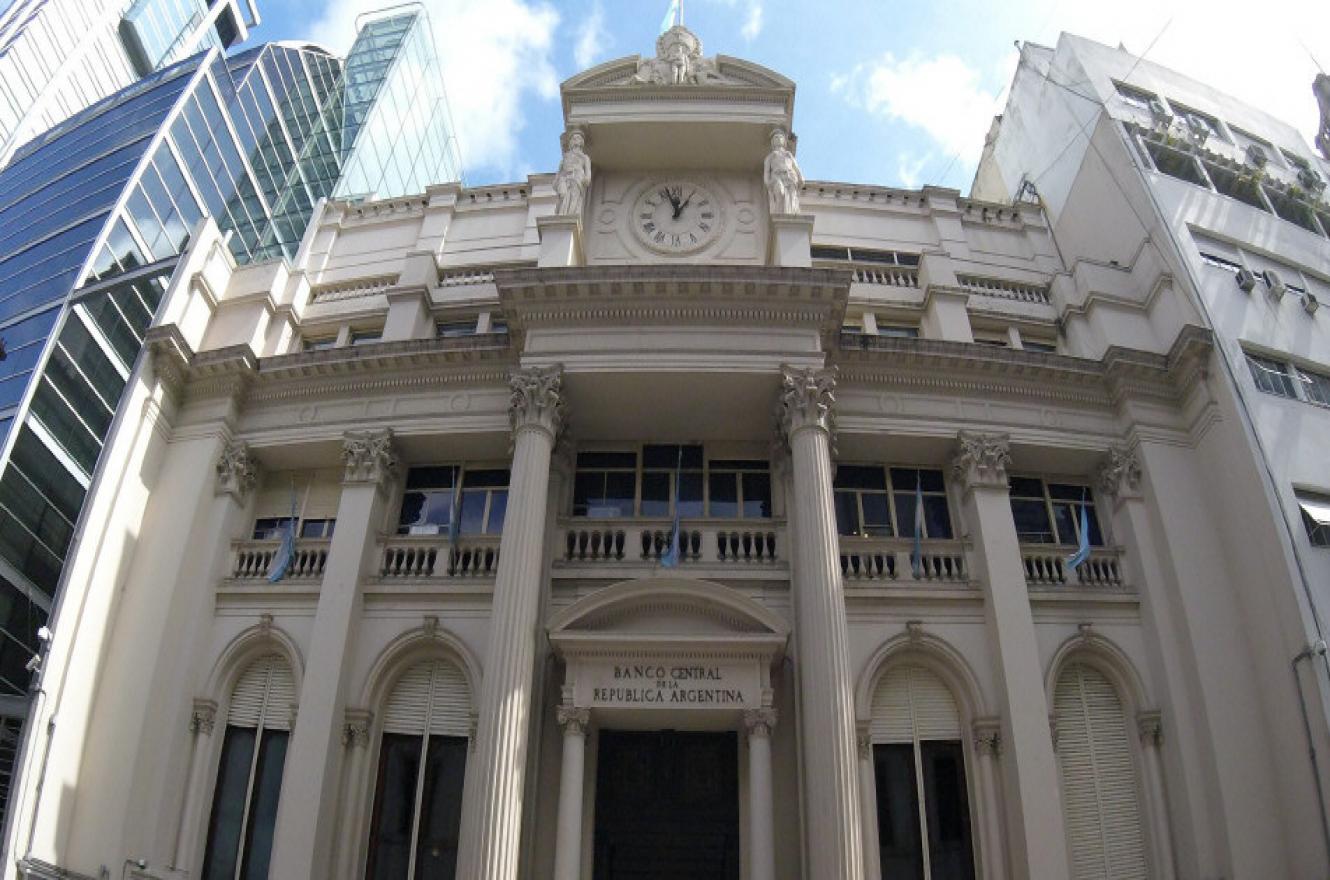This has been the K argument, that higher denomination bills cause inflation (or at least draw negative attention to it), but this hasn't been the experience of other countries:
- Singapore and Brunei (in a currency union) have $10,000 SGD/BND notes worth $7,509 USD, though they're no longer being printed and are being removed from circulation
- Switzerland, Brunei, Singapore, Hong Kong, the UAE, and Canada have 1,000 franc, Dirhams, and dollar notes respectively, though Canada stopped printing their $1,000 CAD note in 2000, and have removed it from circulation/revoked it's legal tender status (though they haven't demonetized it, and since it's legal to accept whatever you want as a form of payment in Canada, it's kind of a moot point)
- The EU has 500 Euro bills (I saw one once at a Mediamarkt in Barcelona) but ECB is withdrawing them from circulation IIRC
- Armenia has a 100K Dram bill worth $250 USD and was just in a series of wars with Azerbaijan and they still haven't tanked currency wise compared to Argentina
Out of curiosity I checked, as the Chilean peso recently just passed being equal to 1 Argentine peso, and the largest note in circulation in Chile is 20K, but they also don't have 25% inflation a month so in 6 months 20K CLP will still be worth ~$20 USD while here it will be less than $9 if things keep up. Also Uruguay passed us in parity in 2018 and their largest note, 2,000 UYU is worth $50 USD, so it's not the same either as they've really worked hard to decouple from our economy since 2001.

 www-analisisdigital-com-ar.translate.goog
www-analisisdigital-com-ar.translate.goog
